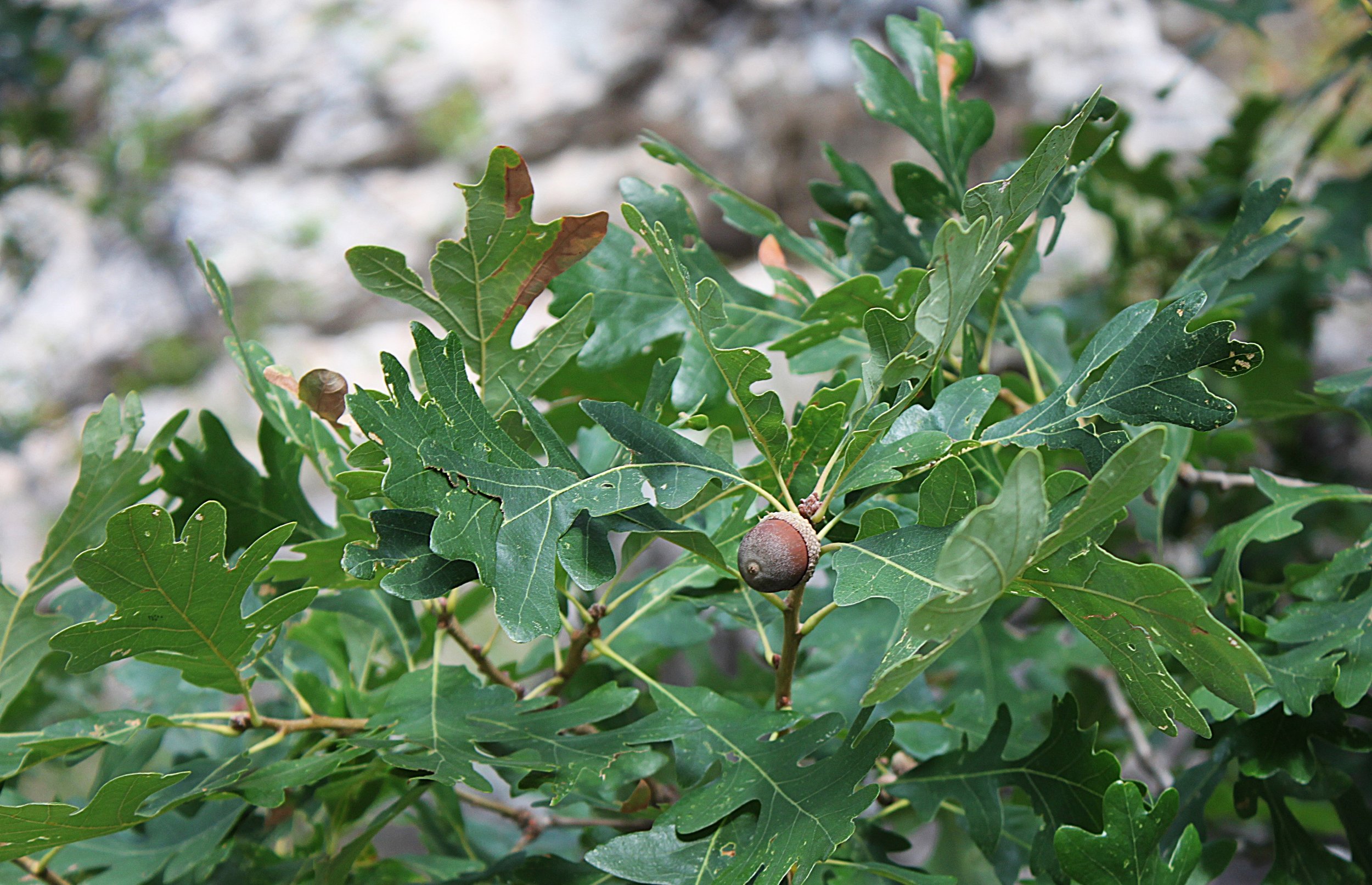September 23, 2024









It’s officially the fall season, and Spearfish Canyon is revealing her fall colors. The Canyon is currently at 70% change toward peak colors. The southeast cliff slope that greets you on the byway as you’re nearing Bridal Veil Falls is full of golden hues. Sumac shrubs were still surprisingly green today. But, I did find a grouping of sumac that have turned their radiant reds adjacent to the Kissing Rocks, about eight miles into the Canyon from Spearfish. There were also many fast chipmunks running around this area, too. These rodents were probably snacking on acorns from oaks. The oak trees I saw were still green in color. We are still waiting for peak fall colors at Savoy, but the leaves are moving along in their transition and definitely still worth seeing!
I had a moment last week where I realized it’s time to have that spare jacket or blanket in my car for evening events or outside sports games. The swings in temperature, like we’ll see this week, from a cool 40-degree Sunday night to high-80s later in the week, are a sign to the trees that winter is coming. But temperature is not the most important signal to the leaves that it’s time to change colors. What is the most important signal?
The most important factor driving the fall color change is the shortening of the day length. It basically all comes down to this: Fall colors emerge as the leaves stop their food-making process. Throughout the spring and summer, trees are continually producing chlorophyll which makes the leaves appear green. That process is slowing down and stopping right now for deciduous trees in the Canyon. When the chlorophyll breaks down, the green colors disappear and the yellows, oranges, rusts become visible.
Yesterday, Sunday, Sept. 22, was the Fall Equinox for those of us who live in the Northern Hemisphere. The Earth is tilted in such a way that the most intense sun’s rays hit the equator at around 6:43am Mountain Time on Sept. 22, thereby evenly dividing daylight and nighttime hours. As the Earth continues to spin around the sun with its tilted axis, we’ll see continually shorter days and longer nights. This will all start to change again on December 21, the Winter Solstice. On that day we’ll experience our shortest number of daylight hours for the year and begin to see increasingly longer days into spring and summer thereafter.